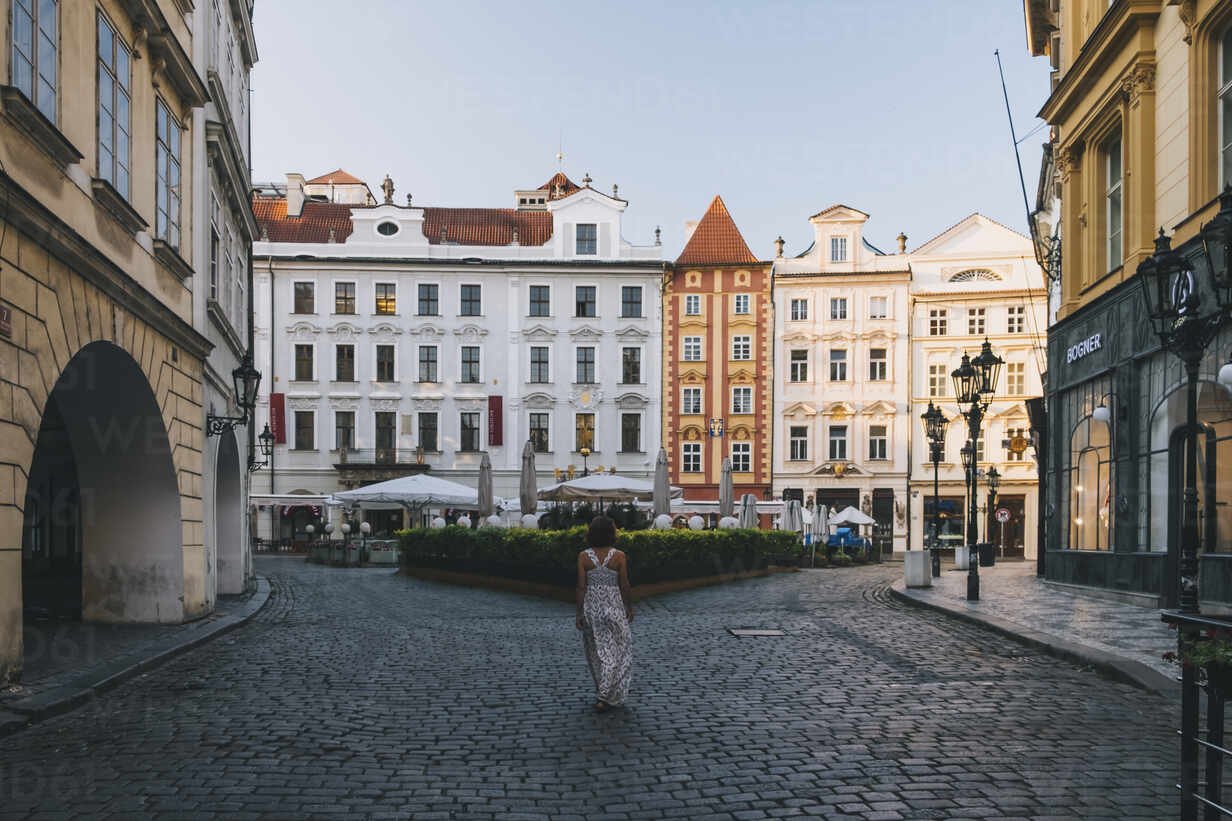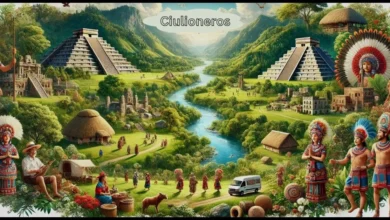
Czech Streets: A Peek into the Vibrant Street Culture of the Czech Republic
Introduction: The Allure of Czech Streets
The Czech Republic, known for its medieval architecture, vibrant nightlife, and rich cultural history, offers travelers a unique street experience. Whether it’s the popping streets of Prague or the quiet alleys of smaller towns, Czech streets hold a recreate of their own. They embody centuries of history, art, and modern urban life, offering a mix of tradition and innovation. In this article, we explore what makes the Czech streets so appealing, diving into their architecture, street food, events, and urban culture.
The Architectural Wonders of Czech Streets
Strolling within the Czech streets, one immediately notices a unique tousle of Gothic, Baroque, and Renaissance architecture. In cities like Prague, Brno, and Český Krumlov, the buildings lining the streets tell a story of centuries past. Prague’s Old Town Square, a UNESCO World Heritage site, offers cobbled streets surrounded by historic houses, churches, and the famous Astronomical Clock.
Many Czech streets still retain their medieval charm, with winding alleys and subconscious courtyards, making it a pleasure for both tourists and locals to explore on foot. The Charles Bridge in Prague, with its magnificent statues and scenic views, connects two sides of the Vltava River, offering visitors a spectacular walking route.
Street Markets and Local Flavors
One of the most captivating aspects of Czech streets is the vibrant street market culture. Farmers’ markets can be found in cities and towns throughout the country, offering fresh produce, local crafts, and regional delicacies. The markets provide visitors with an endangerment to taste pure Czech flavors, from traditional sausages (klobása) to sweet treats like trdelník, a rolled pastry coated in cinnamon and sugar.
During Christmas and Easter, the Czech streets come working with seasonal markets. Stalls are filled with festive ornaments, handmade crafts, and traditional foods like roast pork and mulled wine. The Christmas market in Prague’s Old Town Square is particularly famous, attracting thousands of visitors each year.
The Art and Culture of Czech Streets
Art plays a significant role in the life of Czech streets. The street art scene is thriving, expressly in Prague, where the walls of the municipality wilt canvases for vibrant murals and graffiti. The Lennon Wall, covered in graffiti inspired by John Lennon and messages of peace, is a perfect example of this unique street art culture.
Czech cities often host open-air exhibitions and festivals on their streets, triumphal everything from music and theater to literature and photography. Street performers are moreover a worldwide sight, expressly in Prague’s tourist areas, where musicians, dancers, and magicians rivet passersby with their talents.
Nightlife on Czech Streets
When the sun sets, the Czech streets take on a variegated persona. The nightlife in cities like Prague and Brno is renowned for its vibrancy and diversity. Streets are lined with pubs, bars, and clubs, each offering its unique ambiance. The Czech Republic is famous for its beer culture, and no visit is well-constructed without trying the world-renowned Pilsner or a local craft brew.
Many bars and restaurants proffer their seating to the streets during warmer months, creating a lively and social atmosphere. Street festivals and live music events often protract late into the night, subtracting from the recreation of these urban spaces.
Festivals That Light Up the Czech Streets
Throughout the year, the Czech streets host numerous festivals and events that showcase the country’s cultural heritage. Some of the most popular festivals include:
- Prague Spring Festival: An international music festival that takes over various venues and streets in Prague every May.
- Masopust (Czech Carnival): A colorful street festival held in February, marking the whence of Lent with parades, music, and traditional masks.
- Brno’s Ignis Brunensis: A spectacular firework competition that lights up the skies over the streets of Brno during summer.
These festivals transform Czech streets into lively spaces filled with joy, music, and celebration, offering visitors an endangerment to immerse themselves in local culture.
The Role of Public Spaces and Street Design
Czech cities have embraced modern street diamonds while preserving their historical charm. Public spaces, such as squares, parks, and promenades, play a vital role in the life of the Czech streets. Spaces like Wenceslas Square in Prague or Freedom Square in Brno serve as social hubs where locals and tourists unwrinkled gather for events, protests, or strolls.
The introduction of pedestrian zones in several cities has enhanced the street experience. Prague’s Národní třída, for example, offers a pedestrian-friendly route filled with shops, cafes, and cultural attractions. These developments make Czech streets not only increasingly enjoyable but moreover safer for pedestrians.
Conclusion: Discover the Magic of Czech Streets
The Czech streets are increasingly more than just pathways connecting places—they are vibrant spaces that bring people together, offering a tousle of history, culture, and entertainment. Whether you’re exploring the architectural wonders of Prague, sampling succulent street food, enjoying live performances, or experiencing the excitement of a local festival, there is unchangingly something captivating well-nigh these streets.
A journey through the Czech streets reveals a unique side of the Czech Republic that goes vastitude typical tourist attractions. It’s well-nigh immersing oneself in everyday life, connecting with locals, and discovering the stories subconsciously in every corner. If you’re planning a trip to the Czech Republic, make sure to spend time wandering through these streets—they might just wilt the highlight of your adventure.



